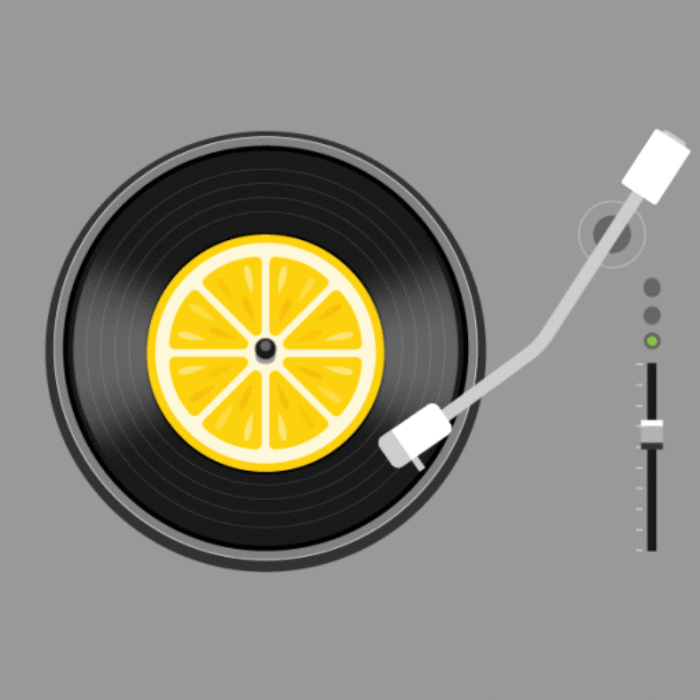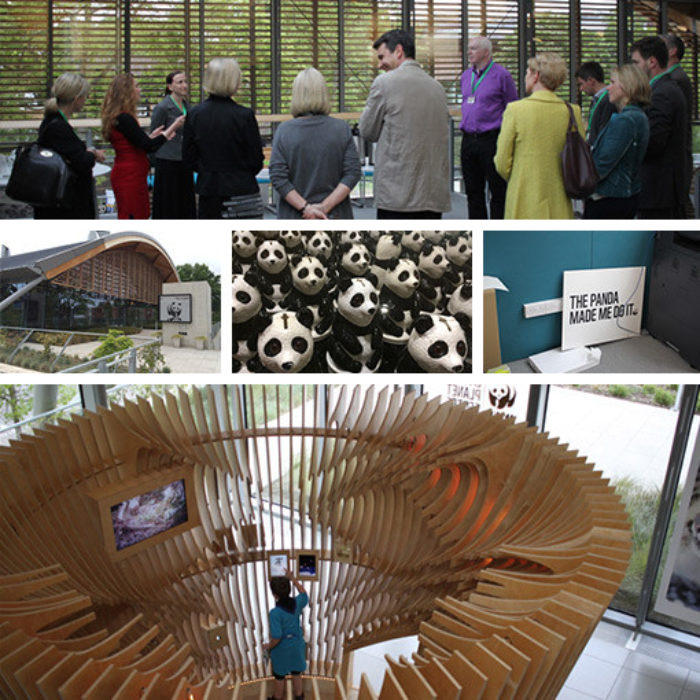Become an innovator (part 10): Change perspective
This blog series explores the shared characteristics of innovative people and organisations, with a particular focus on what innovators think, feel, believe and do. We’re also looking at how we can all do more to encourage and create innovative workplace cultures.
The tenth of the characteristics shared by all those with a spirit of innovation is to change perspective and see things in a whole new light.
“The new dawn blooms as we free it. For there is always light. If only we’re brave enough to see it. If only we’re brave enough to be it.”
Amanda Gorman, The Hill We Climb
Travellers in space and time
We are each confined by our bodies, our genetics and our experiences. We know there are limits to our senses, but there is genius in our humanity. Our imaginations allow us to break free from the limits of space and time. We have three choices for inspiration: go back, go forward, or explore the here and now.
If we go back, we can gather great ideas from past breakthroughs. For example, around 4,000 years ago, a Babylonian King called Hammurabi laid down the law by carving 282 rules into a black stone pillar. He introduced some principles we still hold dear today, such as the presumption of innocence. Though we can also learn a lot from what he didn’t get right by today’s standards.
We can look back to learn from the natural world, billions of years in the making (see last month’s blog). We can learn from indigenous communities like the Aborigines, who use song and art to recall history and strengthen their connection with the planet. We can also learn from women in history whose roles may be unknown. Have you heard, for example, of Grace Murray Hopper, who helped to create the first all-electronic digital computer? Or the chemist Stephanie Kwolek who created Kevlar?1
Taking inspiration from the present
We can gather great ideas from the present by embracing new experiences and viewpoints. We could do this by moving to a different physical place. For example, walking around a new city for the first time makes us alert to new food, music, architecture, opinions and culture. The more countries a person lives in, the more they use those experiences to innovate, according to research from Hal Gregersen, Mason Carpenter and Gerard Sanders. In another example, researchers from the ideas company IDEO put themselves through the hospital admissions process in order to help improve it.
We can shine a light on unlit corners, like the experience of today’s black leaders, including innovators like Dr Kizzmekia Corbett, the lead scientist on the Moderna COVID-19 vaccine team, or the extraordinarily powerful use of words by Amanda Gorman, aged just 22, at the Presidential Inauguration of Joe Biden.
We can change our mental perspective by talking to people with totally different opinions, perhaps even our critics:
“Immerse yourself in situations where you feel less right, less comfortable, or less compelled to speak, and your questions will multiply.”
Hal Gregersen, former Executive Director, MIT Leadership Centre.
Our rich imaginations can also make it easy to move into anyone else’s shoes. What would others do if they were looking at our challenge? What would Bezos do? What
would da Vinci do? We can even use fiction to imagine new ideas, drawing inspiration from the books and films we consume.
Exploring futures
Moving along our timeline, we can also gather great ideas by imagining the future; or creating it. That’s what innovators do. They create the future by lobbing ideas into a future space/time continuum and watching for the ripples. And there are three types of future.
Future one is the probable future if nothing changes. Jeff Bezos has an intriguing take on the opportunity of this future. He asks what’s not going to change. And says: “The answer to that question can allow you to organize your activities. You can work on those things with the confidence to know that all the energy you put into them today is still going to pay dividends in the years to come.”
Future two is your preferred future. This involves imagining the future you want to create. The most powerful thing you can do is to step into that future. Imagine you are there. There’s a valuable technique from neuro-linguistic programming called visualisation that involves being present in the future and looking back. Economist Yanis Varoufakis does this in his 2020 book ‘Another Now’, imagining a world with no banks and no stock market. A similar conceit is expressed as ‘The Future we Choose’, by the authors of the Paris Climate Agreement, Christiana Figueres and Tom Rivett-Carnac.
Future three exaggerates a trend from today that may dramatically change the future. It might be GPT4, the language-based AI that promises to reshape how much of the modern world operates; biomimicry in architecture; green hydrogen fuel, created using renewable energy; climate-driven migration; or rechargeable lithium-metal batteries that might extend the range of electric vehicles by 80%. This is the world of possible futures. There are many of them. The best approach is start with where we are now, identify the signals, and imagine their impact on your organisation if current trends continue. Once again, we are forced to change perspective. And once again, it leads to creativity and innovation.
Harnessing creativity
On the subject of creativity, according to research professor of cognitive science Margaret Boden, there are three types:
- Exploratory creativity: this is rules-based, where creativity is enabled within a strong framework.
- Combinatorial creativity: this involves the combination and contrasting of ideas.
- Transformational creativity: this is creativity that is strikingly original and transformational.
Leveraging constraint
Around a decade ago, we ran a series of experiments inviting people from the NHS to close their eyes and picture the patient journey to and through hospital: from arrival and parking, to finding reception, to getting to their destination. Immediately, participants felt their other senses were heightened: particularly what they could hear and smell.
“Creativity loves constraint”, agrees Marissa Mayer, former vice president of Google Search Products and User Experience. Creations like haikus and sonatas “are beautiful, because creativity triumphs over the rules.”2
Learn more
This is part ten of a series of articles on the characteristics of innovative people and organisations. The next instalment is coming soon, but in the meantime you can explore the full set in detail, by downloading our free report Innovation for Everyone.
And if you want a chat about how to create a more innovative culture in your organisation, just drop me a line at John.Drummond@CorporateCulture.co.uk
Sources:
- www.women-inventors.com
- ‘The Innovator’s DNA’, Jeff Dyer, Hal Gregersen and Clayton M Christensen, Harvard Business Press, 2011




